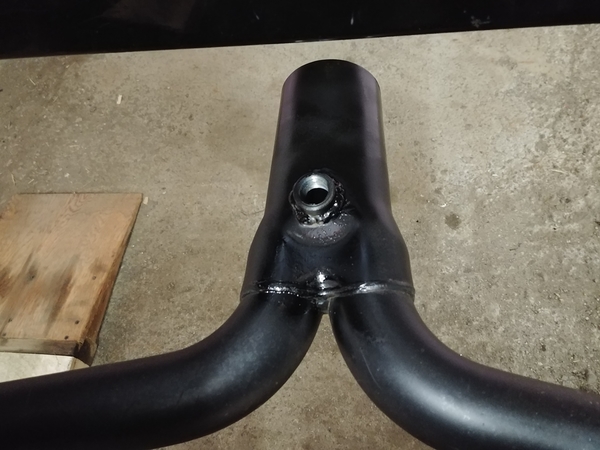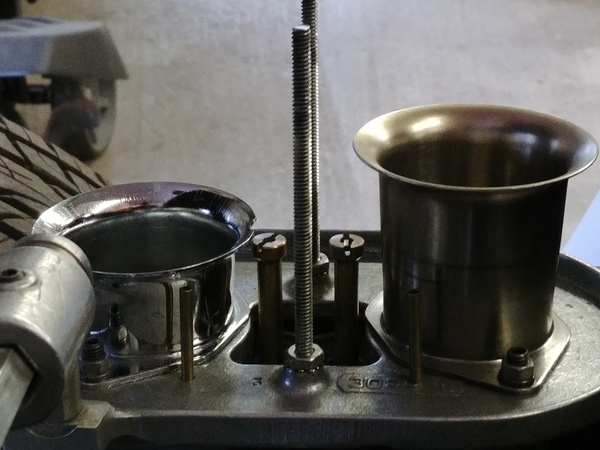Recently I installed Jet Doctors from CB Performance. I never really had a need for them, but I had a set on the shelf. Down the rabbit hole......
This spring, I had installed a set of Zero Bypass accelerator pump valves provided by Kelly Frazer, as I sent him a set of old valves due to a "brass thingy" incident in Maryland LOL. That's another story.
Zero bypass accelerator pump valves are NOT for my car. It came with 50s, which means 50 percent of the fuel is bypassed back to the float bowl. The zero bypass valves( I'll just call them Zeros) were either too much fuel for too long or none as I adjusted them off. They were an all or none situation, never just right. The 50s are recommended by CB for our installations and appear to be perfect. Much nicer accel response and adjustment is possible to get the right "shot".
So in the process of doing this, I removed the carbs. Took them apart and cleaned them in my HF ultrasonic cleaner with Simple Green 50-50 with water. They came out looking new, and after a quick rinse with clean water and a blow-through with air, I reassembled. The HF Ultrasonic is $80, and works very nicely, especially when you turn on the solution heater. The carbs don't totally submerge, but I flip them over and do each side through a few cycles.
Anyway, checked float height and it was dead-on 11mm(or 10mm +1mm for gasket) and 25mm on the drop. This seems to work well for my engine.
I made sure all air bypasses closed, idle speed screws one turn in from not touching, mixture screws 1.5 turns out, and carb bases drilled and cleaned of shavings for the jet doctors. The carbs remain unmodified for this, so if you want to go back you can remove them and plug the carb base hole with a new base gasket and/or a blob of silicone.
Got it all together and warmed it up and now we have a problem. Idle is perfect, low range is perfect, and above 3000 or 3200 is perfect. However, 2200-3000 is basically un-drivable. Revving in the garage is fine, but under any load at all, crap. Hmmmmm?
So I pull out my 57.5 idles and put the 60 in and retune. No better no worse. Put in F7 emulson tubes which are richer than the F11s and no better no worse.





